Home>Technology>Smart Home Devices>What Port Should My Printer Be On
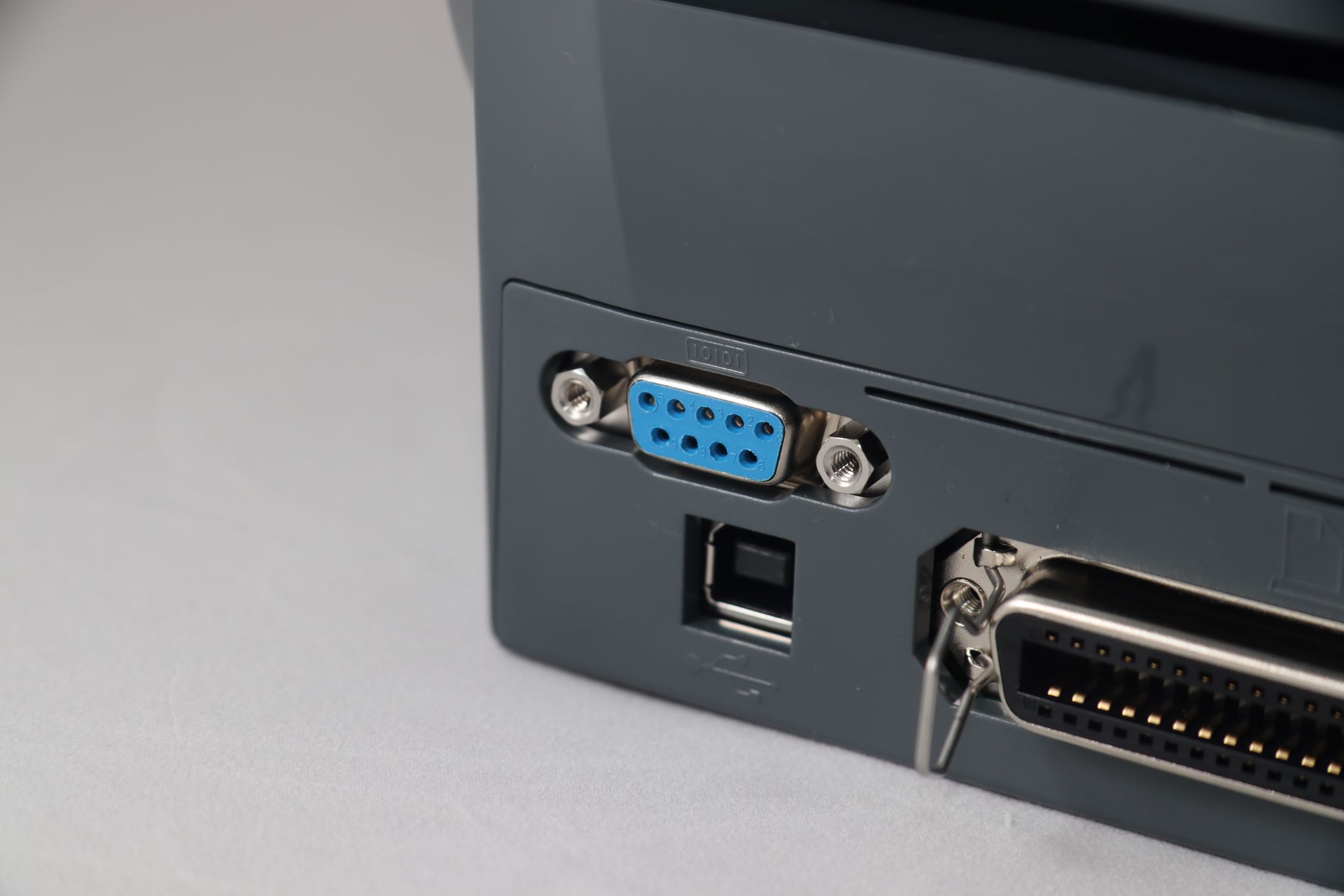

Smart Home Devices
What Port Should My Printer Be On
Modified: August 28, 2024
Learn about the best port for your smart home devices. Discover how to optimize your printer's performance for seamless connectivity.
(Many of the links in this article redirect to a specific reviewed product. Your purchase of these products through affiliate links helps to generate commission for Storables.com, at no extra cost. Learn more)
Introduction
In the realm of modern technology, printers stand as indispensable tools for transforming digital content into tangible, physical forms. Whether it's a vivid photograph, a crucial business report, or a captivating school project, printers bring digital concepts to life. However, to seamlessly bridge the gap between the digital and physical worlds, printers rely on a crucial element known as the printer port.
Understanding the nuances of printer ports is essential for ensuring that your printer operates optimally and harmoniously with your computer system. This article will delve into the intricacies of printer ports, guiding you through the process of selecting the right port and configuring it effectively. By the end of this journey, you will possess the knowledge and confidence to navigate the world of printer ports with ease, empowering you to make informed decisions and overcome potential challenges.
So, let's embark on this enlightening exploration of printer ports, unraveling the mysteries and demystifying the complexities to unveil the path toward seamless printing experiences.
Key Takeaways:
- Choosing the right printer port is like picking the perfect tool for the job. Consider compatibility, speed, convenience, and future-proofing to ensure your printer works smoothly with your computer.
- Configuring the printer port is like setting up a secret code between your computer and printer. Follow the instructions to connect them and keep everything updated for smooth printing.
Read more: What Is The Wps Button On My Printer
Understanding Printer Ports
Printer ports serve as the communication channels through which data flows between a computer and a printer. These ports facilitate the transfer of print jobs from the computer to the printer, enabling the translation of digital commands into physical output. Understanding the various types of printer ports is pivotal in ensuring that your printer integrates seamlessly with your computer system.
Common types of printer ports include:
- USB Port: The Universal Serial Bus (USB) port is a widely used interface for connecting printers to computers. It offers high-speed data transfer and is compatible with a broad range of devices, making it a versatile and convenient choice for many users.
- Parallel Port: While less common in modern systems, parallel ports were prevalent in older computers and printers. They facilitated data transfer through parallel communication, allowing for the simultaneous transmission of multiple bits of data. However, due to its slower speed and limited compatibility, parallel ports have largely been supplanted by USB and network connections.
- Network Port: Network ports enable printers to connect directly to a local network, granting multiple users the ability to send print jobs to the printer. This setup is ideal for office environments and homes with multiple computer users, as it centralizes printing resources and promotes efficient collaboration.
- Wireless Port: With the proliferation of wireless technology, many modern printers feature wireless connectivity options. These printers can communicate with computers and mobile devices through Wi-Fi or Bluetooth, offering enhanced flexibility and convenience.
Each type of printer port has its unique characteristics, advantages, and compatibility considerations. By understanding the distinctions between these ports, you can make informed decisions when selecting the most suitable option for your printing needs.
Now that we have gained a foundational understanding of printer ports, let’s delve into the process of choosing the right printer port to optimize your printing experience.
Choosing the Right Printer Port
When it comes to selecting the right printer port for your specific needs, several factors come into play. Understanding these considerations will empower you to make an informed decision that aligns with your printing requirements and technological environment.
Compatibility: Assess the compatibility of your printer and computer system with various types of printer ports. For instance, if your computer lacks a parallel port and primarily supports USB connections, opting for a parallel port printer may necessitate additional adapters or upgrades, potentially leading to compatibility issues.
Speed and Efficiency: Evaluate the speed and efficiency offered by different printer ports. USB ports, especially those conforming to the latest standards, often provide rapid data transfer rates, ensuring swift printing processes. Conversely, parallel ports may exhibit slower speeds, impacting overall printing efficiency.
Convenience and Accessibility: Consider the convenience and accessibility offered by each type of printer port. Wireless and network ports provide the advantage of remote printing, allowing users to send print jobs from various devices without direct physical connections. This can be particularly beneficial in dynamic work environments and homes with multiple users and devices.
Scalability and Future-Proofing: Anticipate future technological developments and consider the scalability of your chosen printer port. As technology advances, certain ports may become obsolete, while others continue to evolve and adapt. Investing in a printer with a versatile and future-proof port can prolong its relevance and utility in the face of changing technological landscapes.
By carefully weighing these factors and aligning them with your specific printing needs, you can confidently select the right printer port that harmonizes with your computing environment and enhances your printing experiences.
Once you have chosen the optimal printer port for your setup, the next step involves configuring the printer port to ensure seamless communication between your computer and printer.
When connecting a printer, use the USB port for a wired connection or connect to the Wi-Fi network for wireless printing. Make sure to check the printer’s manual for specific port recommendations.
Configuring the Printer Port
After selecting the appropriate printer port, the next crucial step is configuring the port to establish seamless communication between your computer and printer. This process involves adjusting settings and parameters to optimize the functionality and performance of the chosen printer port.
USB Port Configuration: If you have opted for a USB-connected printer, the configuration process typically involves plugging the USB cable into the designated port on your computer. Modern operating systems often recognize the connected printer and automatically install the necessary drivers. However, in some cases, you may need to manually select the correct printer port during the installation process or through the system settings.
Network Port Configuration: For network-connected printers, configuration entails ensuring that the printer is properly connected to the local network. This may involve assigning a static IP address to the printer or utilizing dynamic host configuration protocol (DHCP) settings to automatically obtain an IP address. Once the printer is network-ready, you can add it to your computer as a network printer, allowing seamless printing across multiple devices.
Wireless Port Configuration: When setting up a wireless printer, configuration typically involves connecting the printer to your Wi-Fi network. This process may require accessing the printer’s control panel to select the appropriate network and enter the Wi-Fi password. Once connected, you can add the wireless printer to your computer or mobile devices, enabling wireless printing from anywhere within the network’s range.
Throughout the configuration process, it is essential to follow the manufacturer’s instructions and leverage the resources provided, such as installation guides and online support materials. Additionally, regularly updating printer drivers and firmware can enhance the stability and performance of the configured printer port, ensuring consistent and reliable printing experiences.
With the printer port successfully configured, your printer is poised to seamlessly translate digital content into physical prints, serving as a reliable conduit for materializing your creative endeavors, professional documents, and essential records.
As we conclude this exploration of printer ports and their configuration, we have gained valuable insights into the pivotal role of printer ports in the printing ecosystem. Armed with this knowledge, you are well-equipped to navigate the realm of printer ports with confidence, optimizing your printing setup and embracing the seamless convergence of digital and physical realms.
Conclusion
Embarking on the journey of understanding printer ports has unveiled the critical role they play in facilitating seamless communication between computers and printers. By comprehending the nuances of various printer ports and their configurations, you have gained the knowledge and insight necessary to make informed decisions and optimize your printing experiences.
As technology continues to evolve, the landscape of printer ports adapts and expands, offering diverse connectivity options to cater to a wide array of user preferences and technological environments. Whether it’s the convenience of USB connections, the collaborative potential of network ports, or the flexibility of wireless connectivity, printer ports continue to innovate and adapt to meet the evolving needs of users.
Choosing the right printer port involves a thoughtful consideration of compatibility, speed, convenience, and future-proofing, ensuring that your printer seamlessly integrates with your computing environment and enhances your workflow. By aligning these considerations with your specific printing requirements, you can confidently select a printer port that harmonizes with your technological ecosystem, empowering you to unlock the full potential of your printing setup.
Configuring the chosen printer port marks the pivotal transition from hardware selection to operational integration. Whether configuring a USB, network, or wireless port, the process involves leveraging the inherent capabilities of the printer and your computer system to establish a robust and reliable communication channel. Following the manufacturer’s guidelines and embracing regular updates can further optimize the configured printer port, ensuring consistent and efficient printing operations.
As you embark on your printing endeavors, armed with a deeper understanding of printer ports and their configurations, you are poised to harness the power of seamless digital-to-physical translation. Your printer stands ready to breathe life into your digital creations, academic endeavors, business reports, and cherished memories, bridging the realms of the virtual and the tangible with grace and precision.
With this newfound knowledge and insight, you are well-equipped to navigate the dynamic landscape of printer ports, leveraging their capabilities to elevate your printing experiences and embrace the convergence of digital and physical realms with confidence and proficiency.
So, go forth with your enriched understanding of printer ports, and may your printing adventures be imbued with efficiency, creativity, and the seamless harmony of technology and innovation.
Frequently Asked Questions about What Port Should My Printer Be On
Was this page helpful?
At Storables.com, we guarantee accurate and reliable information. Our content, validated by Expert Board Contributors, is crafted following stringent Editorial Policies. We're committed to providing you with well-researched, expert-backed insights for all your informational needs.
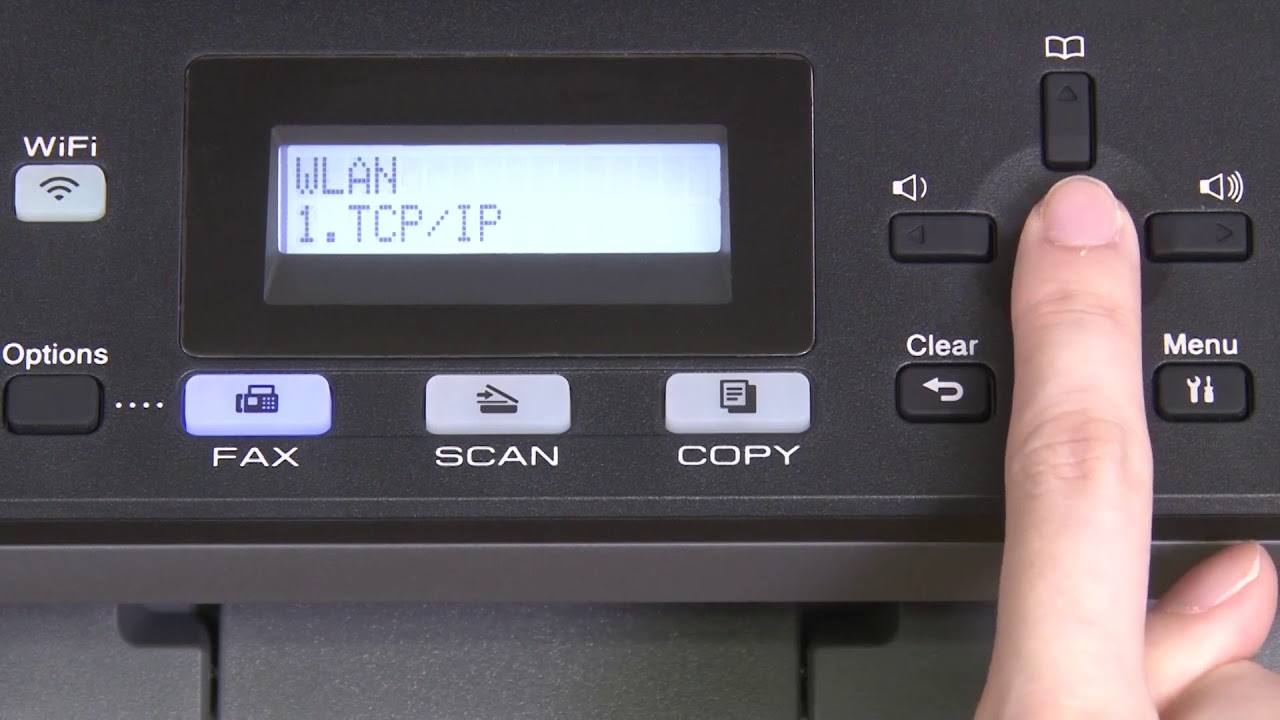
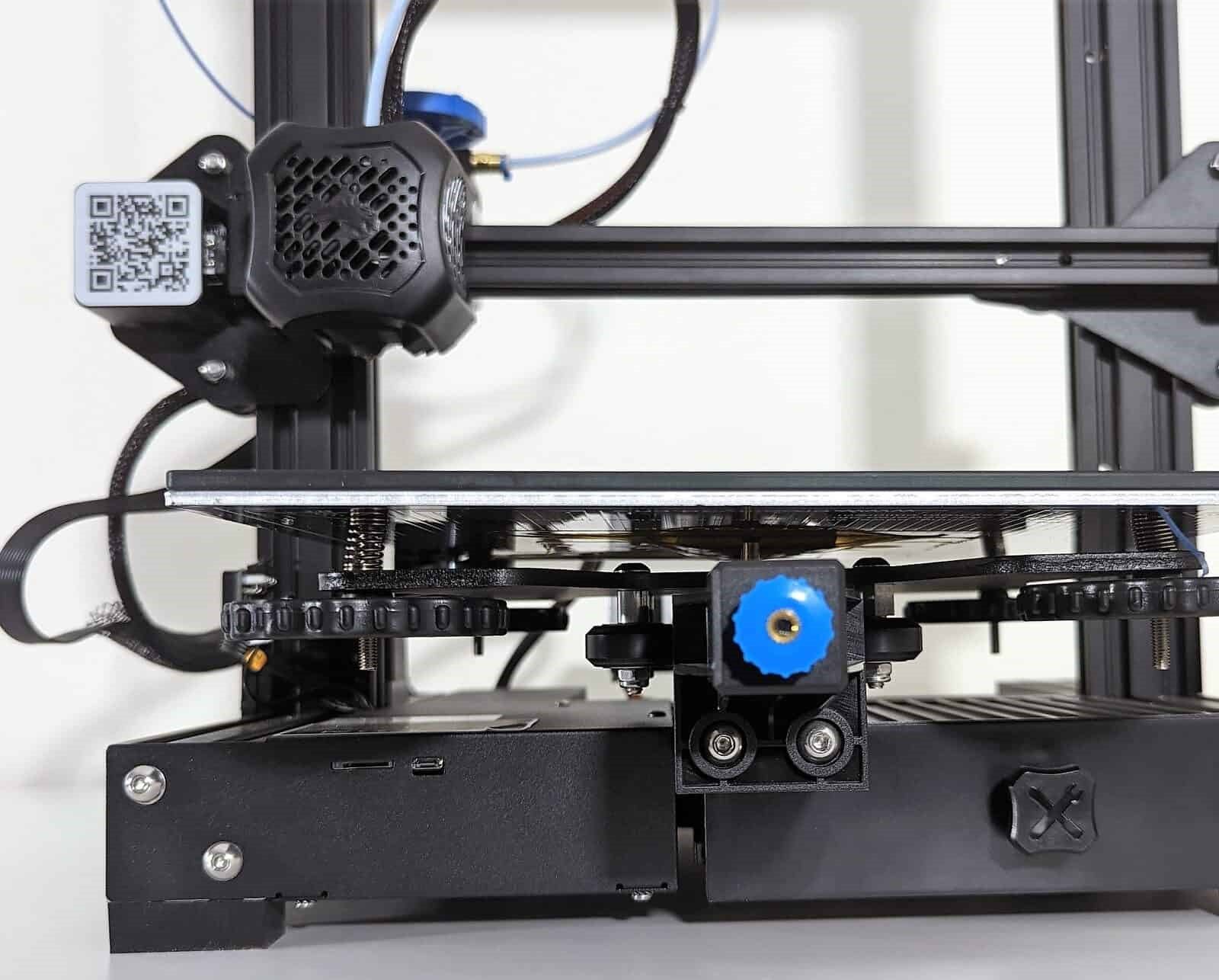


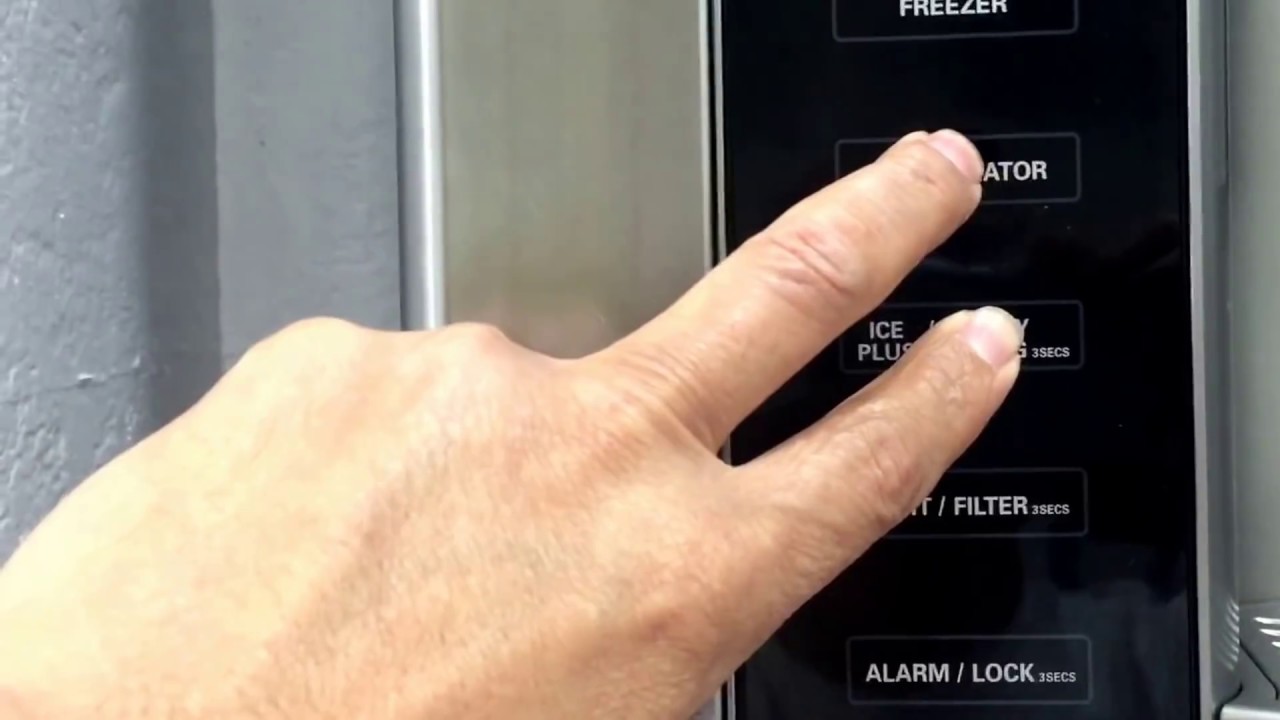

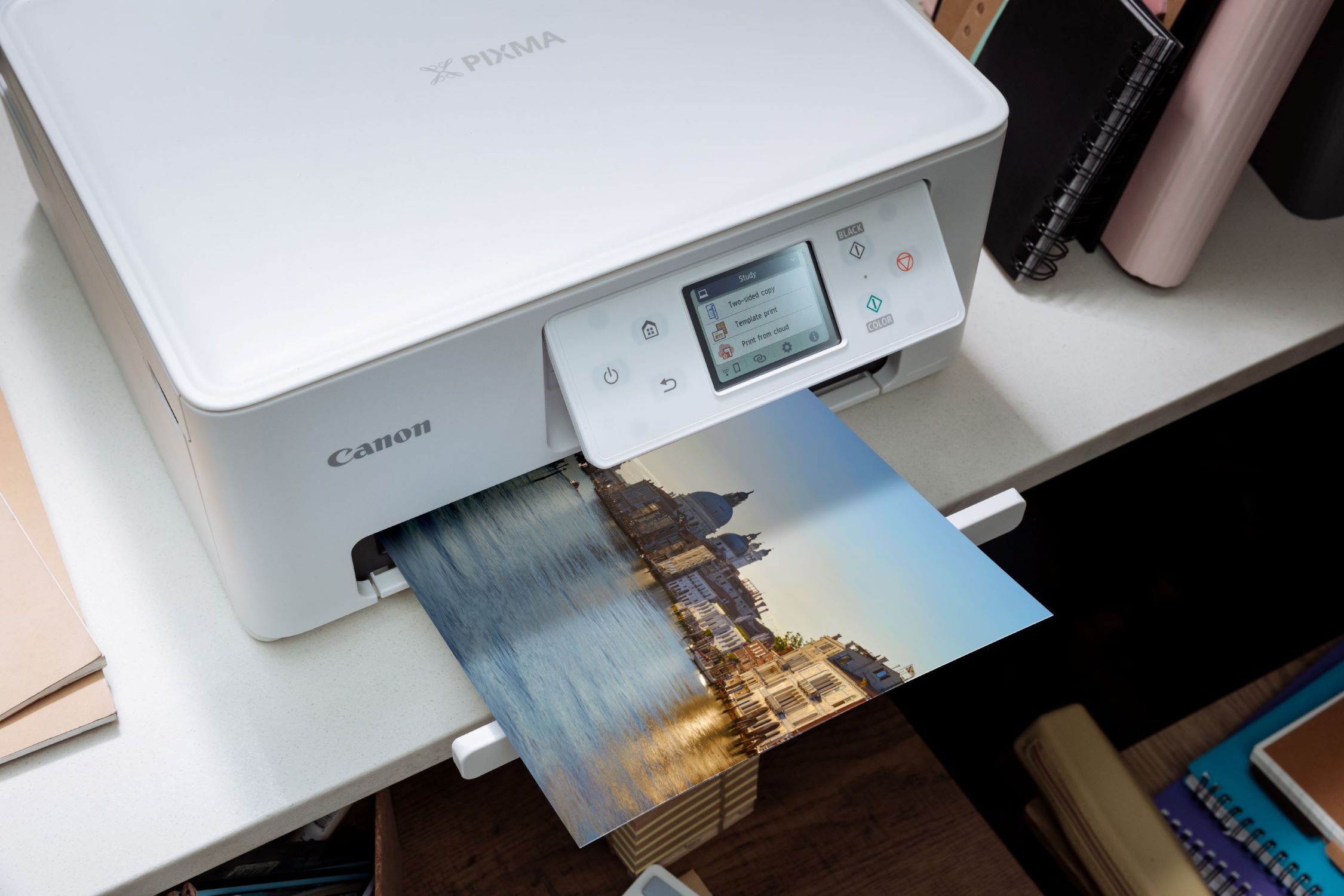
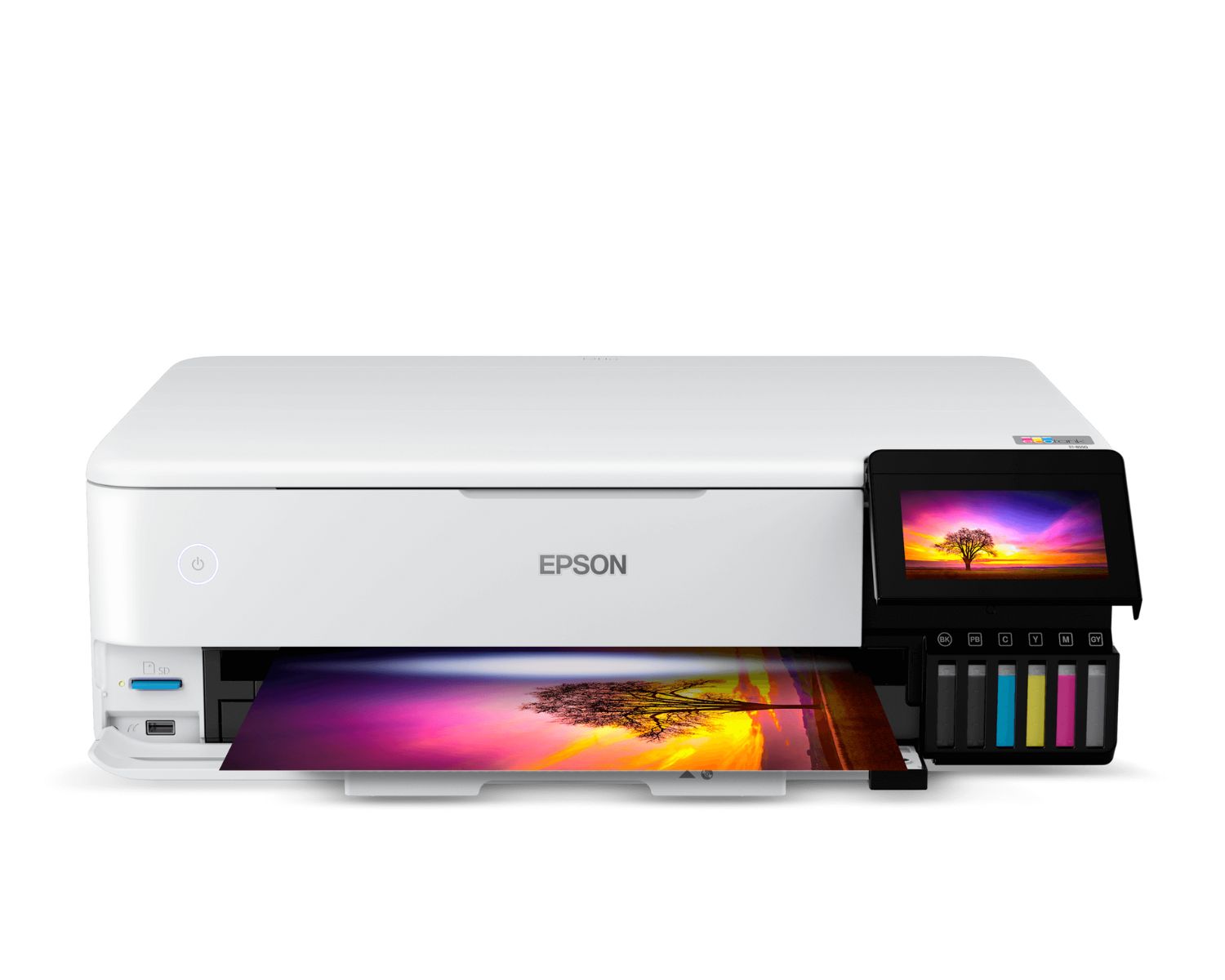
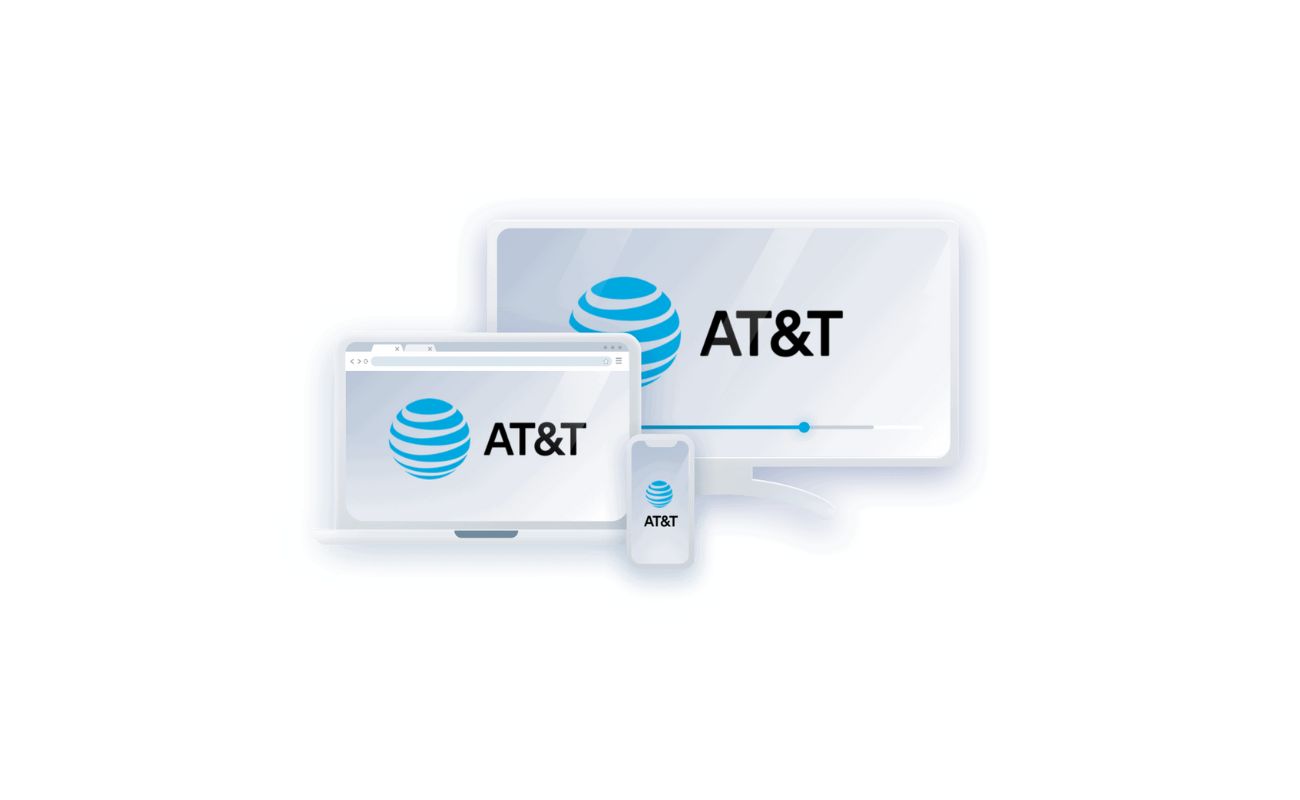
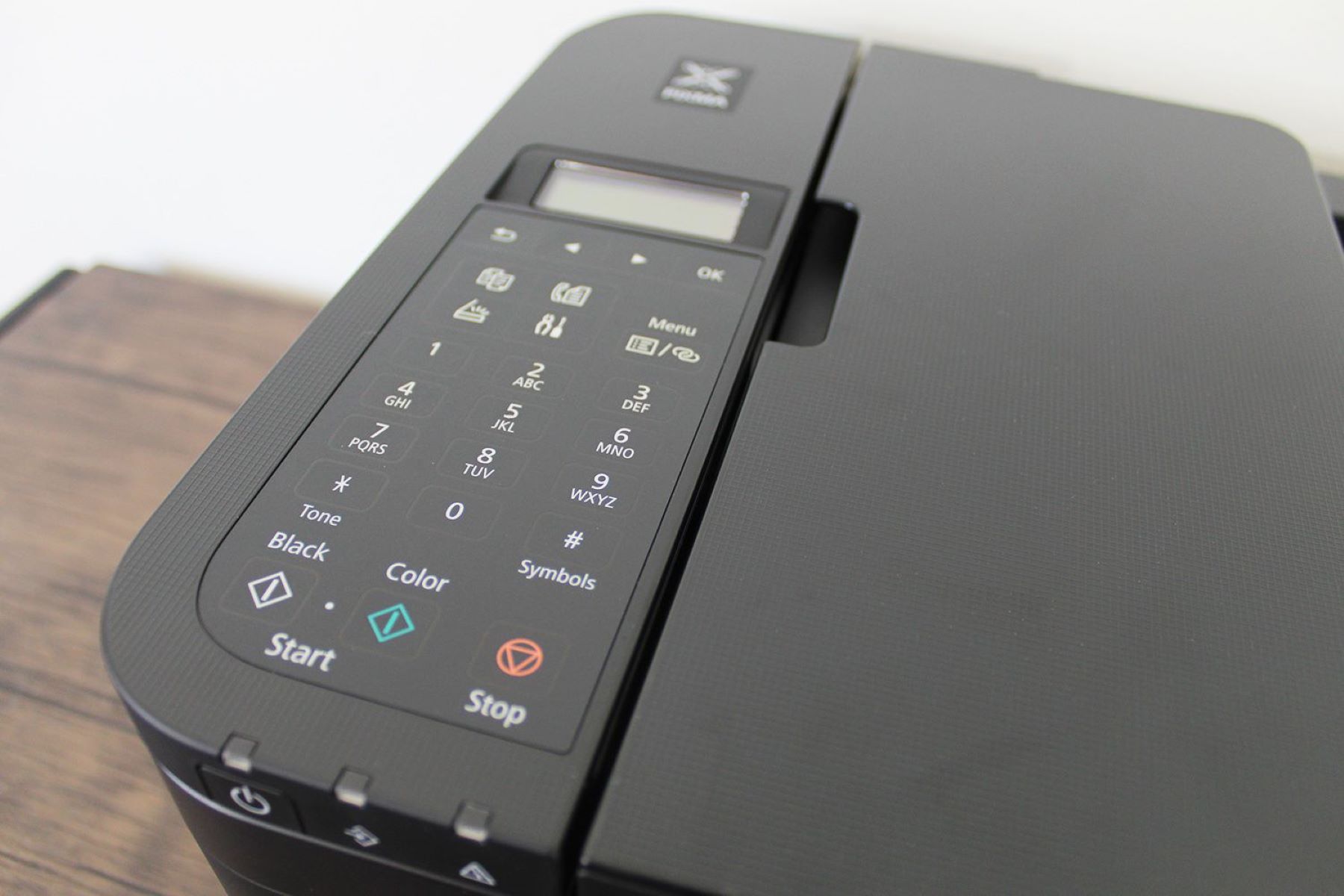

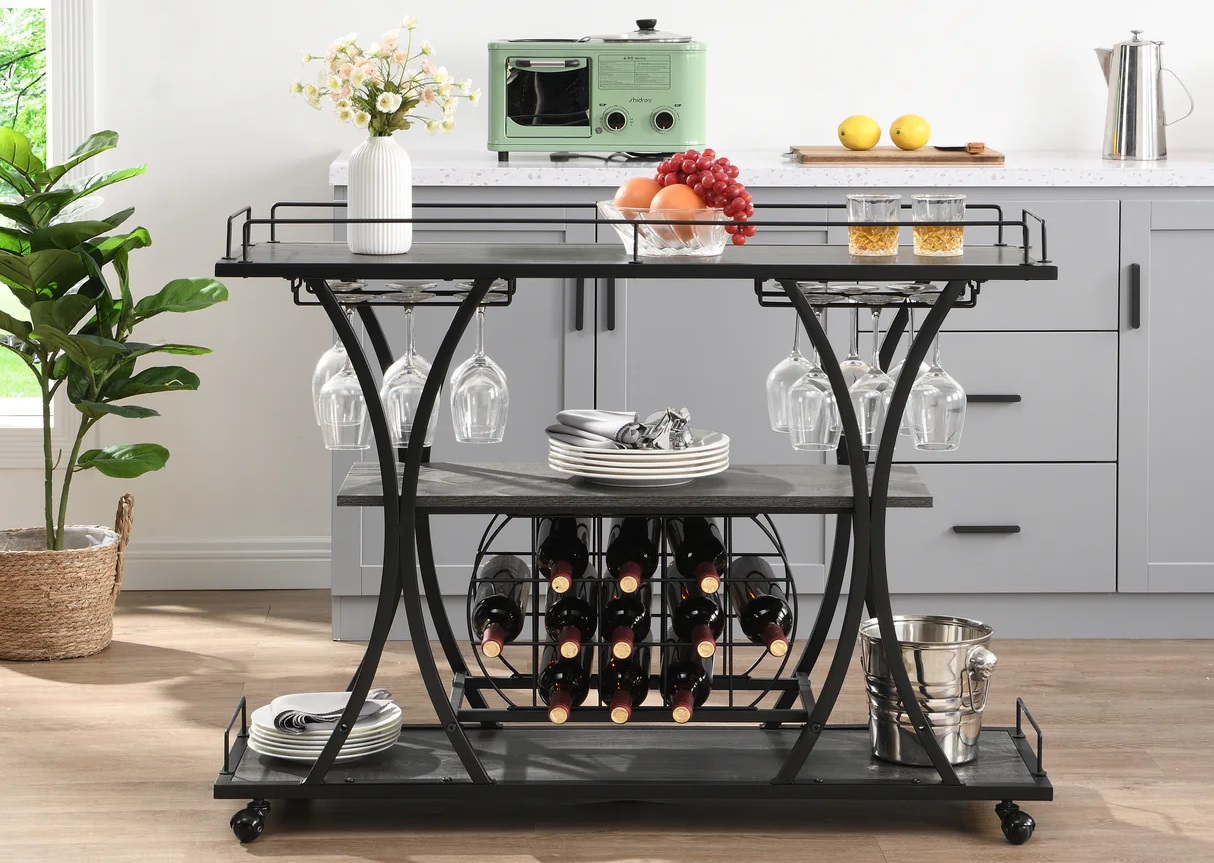
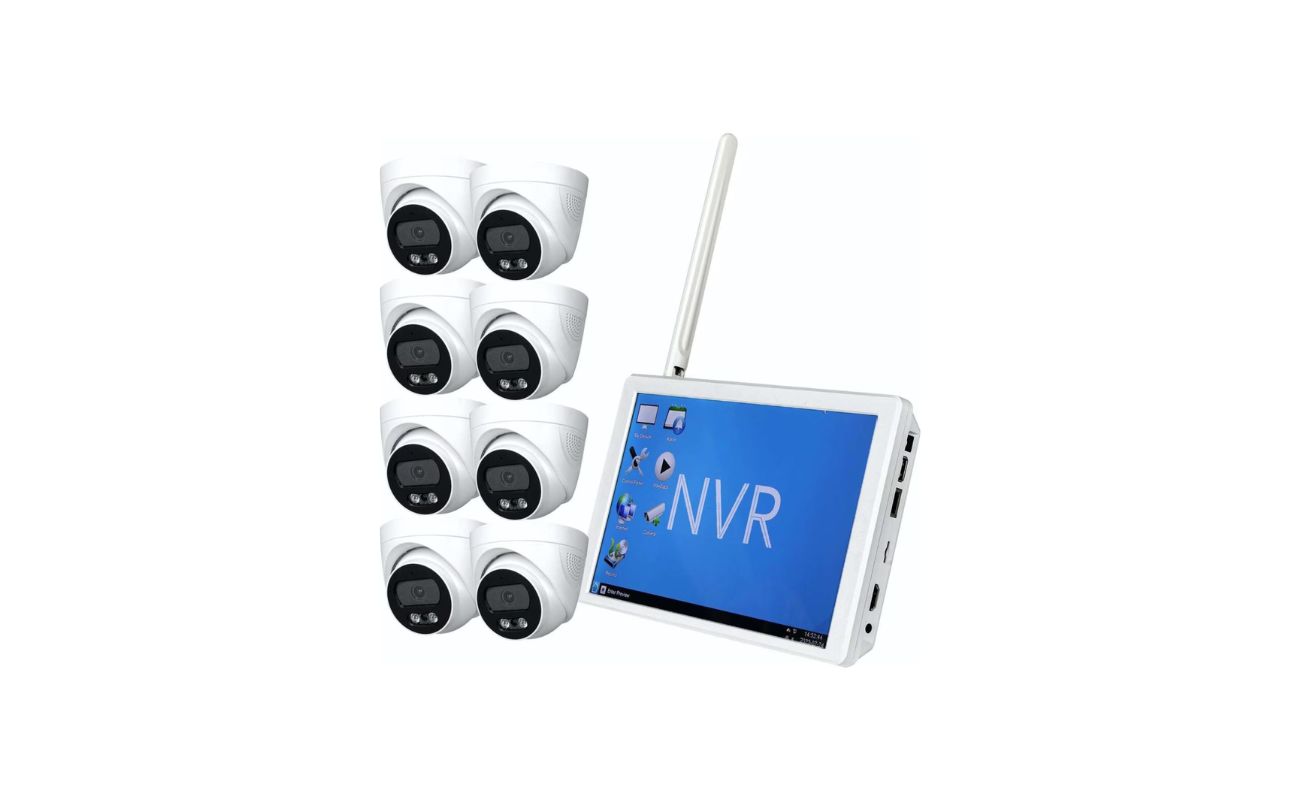
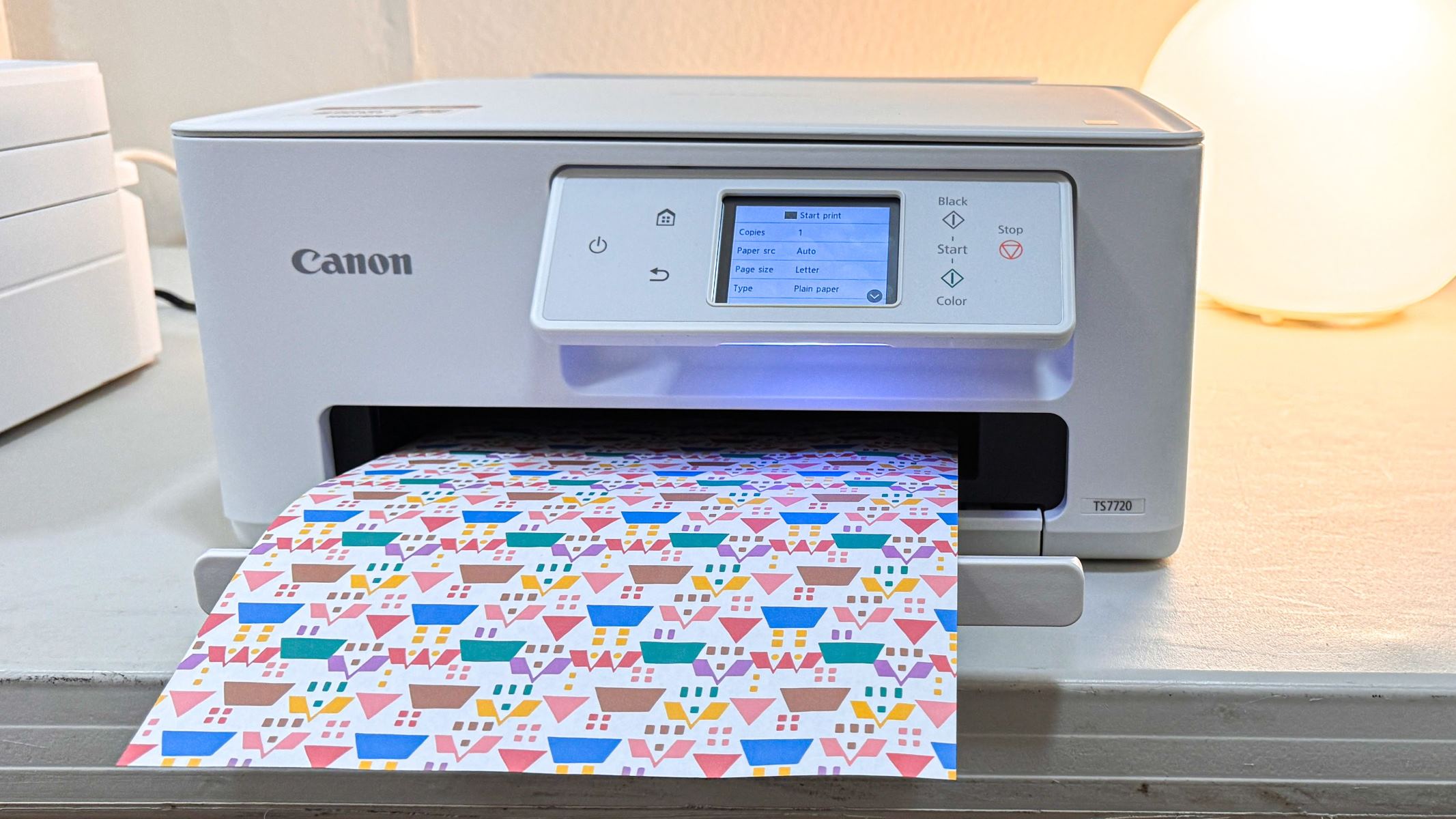


0 thoughts on “What Port Should My Printer Be On”